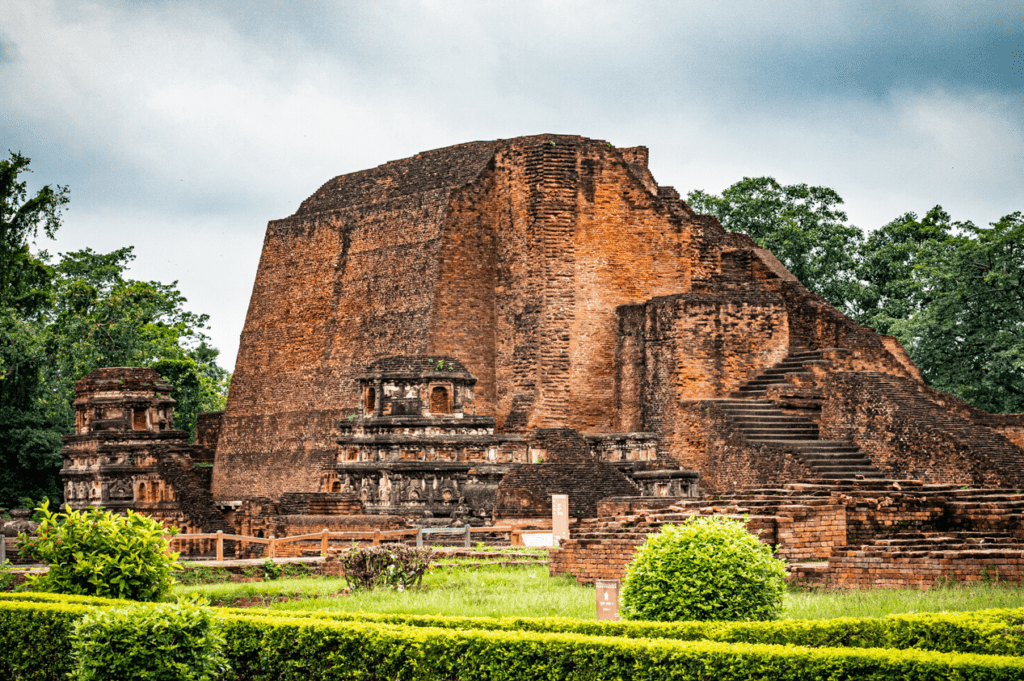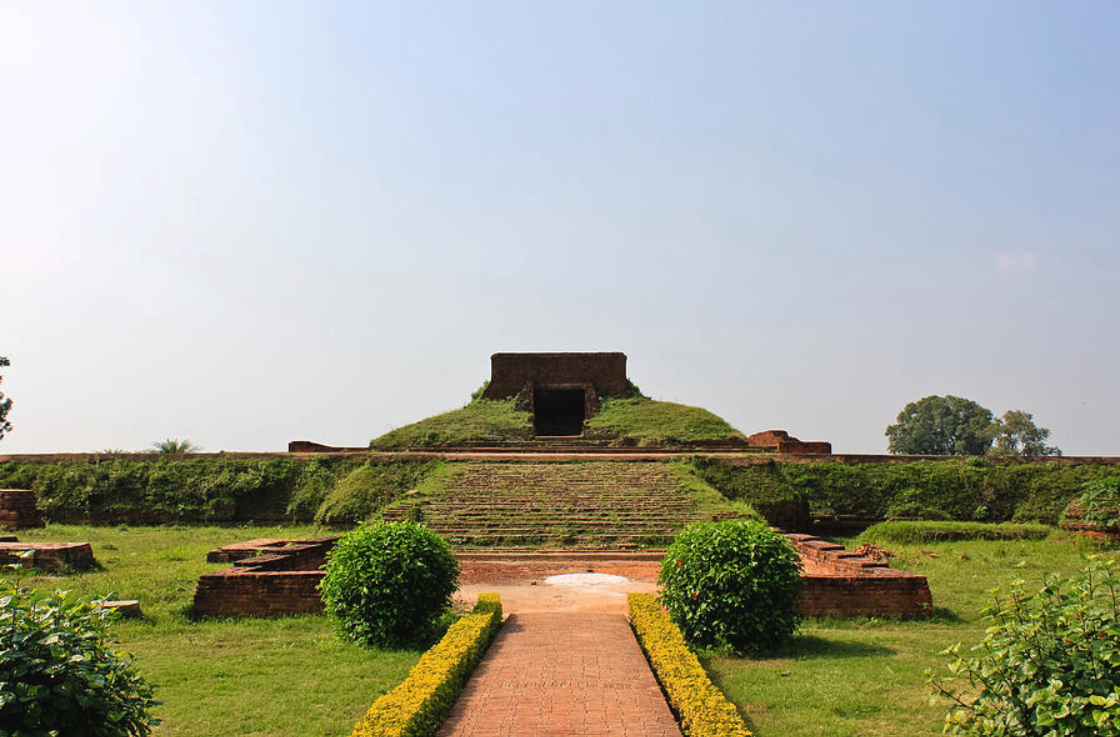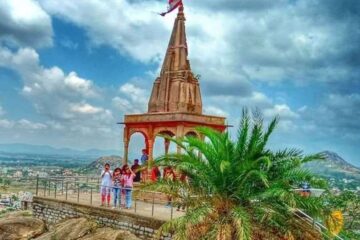Nalanda University Ruins, a fascinating historical site in Bihar, India, is a must-visit destination for history buffs, culture enthusiasts, and knowledge seekers alike. This ancient seat of learning, once a thriving hub of wisdom and enlightenment, now stands as a testament to the glorious past of India’s intellectual heritage. In this article, we’ll explore the mesmerizing world of Nalanda University Ruins, providing you with all the essential details like entry fees, opening and closing times, special significance, history and interesting facts to make your trip a truly enriching experience. So, grab your thinking caps and get ready for a journey through time!

Nalanda University Ruins: Overview
Nalanda University, founded in the 5th century CE, was one of the world’s first residential universities, attracting scholars and students from far and wide. The university was renowned for its vast library, which housed thousands of manuscripts on various subjects, including philosophy, astronomy, medicine, and mathematics. Sadly, the university was destroyed by invaders in the 12th century, but the ruins that remain today continue to inspire awe and admiration.
Significance of Nalanda University Ruins
The Nalanda University Ruins hold immense historical and cultural significance. They represent a glorious era of India’s intellectual and educational prowess and offer a unique insight into the ancient educational system. The site is also a UNESCO World Heritage Site, further highlighting its importance in world history.
History of Nalanda University Ruins
The origins of Nalanda University can be traced back to the 5th century CE, during the reign of the Gupta Empire. As a thriving hub of knowledge, the university attracted scholars and students from across the Indian subcontinent, as well as from countries like China, Korea, and Tibet. At its peak, Nalanda housed more than 10,000 students and 2,000 teachers, offering courses in diverse fields such as theology, philosophy, grammar, astronomy, and medicine.
Nalanda’s prominence as an international center of learning continued for several centuries until it faced a tragic decline. In the late 12th century, the university was destroyed by an invading army led by Bakhtiyar Khilji, a general of the Turkic Qutb-ud-din Aibak. The destruction of Nalanda marked the end of an era and resulted in an irreparable loss of countless manuscripts and knowledge.

Today, the Nalanda University Ruins stand as a testament to the intellectual and spiritual heights achieved by the scholars who once walked its corridors. Spread across an area of 14 hectares, the ruins encompass the remains of monasteries, temples, and lecture halls. One of the most striking features of the site is the Great Stupa, which is believed to have been built by Emperor Ashoka in the 3rd century BCE. The stupa is adorned with intricate carvings and sculptures, showcasing the artistic brilliance of the time.
Exploring the Ruins
As you stroll through the vast Nalanda University Ruins, you’ll come across remnants of classrooms, meditation halls, and dormitories, showcasing the well-planned layout of the ancient university. The intricate carvings and architectural marvels that can still be seen today are a testament to the artistry and craftsmanship of that time.

Nalanda Archaeological Museum
To further enrich your Nalanda experience, don’t forget to visit the Nalanda Archaeological Museum. The museum houses numerous artifacts and relics unearthed from the university ruins, including sculptures, coins, and inscriptions. The museum is open from 10:00 am to 5:00 pm, except on Fridays.
Entry Fee and Timings
Timings : 9:00 AM – 5:00 PM
Friday closed
Entry Fee : INR 15 for Indian citizen,
INR 200 for foreigners,
Free for children below 15 years
Xuanzang Memorial Hall
Just a stone’s throw away from the Nalanda University Ruins, you’ll find the Xuanzang Memorial Hall, dedicated to the famous Chinese traveler and scholar Xuanzang. Xuanzang spent several years studying and teaching at Nalanda University and played a crucial role in documenting the university’s grandeur. The memorial hall is a wonderful tribute to his contributions and offers an insight into his fascinating life.
Conclusion
Nalanda University Ruins, with their rich history, captivating stories, and architectural marvels, offer a unique and unforgettable experience for travelers of all ages. We hope this witty and comprehensive guide has provided you with all the information you need to plan your visit to the ancient seat of learning. So, pack your bags, brush up on your history, and get ready to be mesmerized by the enchanting world of Nalanda University Ruins!
Also Read :
11 Best Places To Visit in Patna
9 Best places to visit in Ranchi | Ranchi Tourist Attractions
11 Best Places to visit in Varanasi
11 Travel Essentials List You Need on Your Trip
Patna Museum : Things to Know Before Visiting





